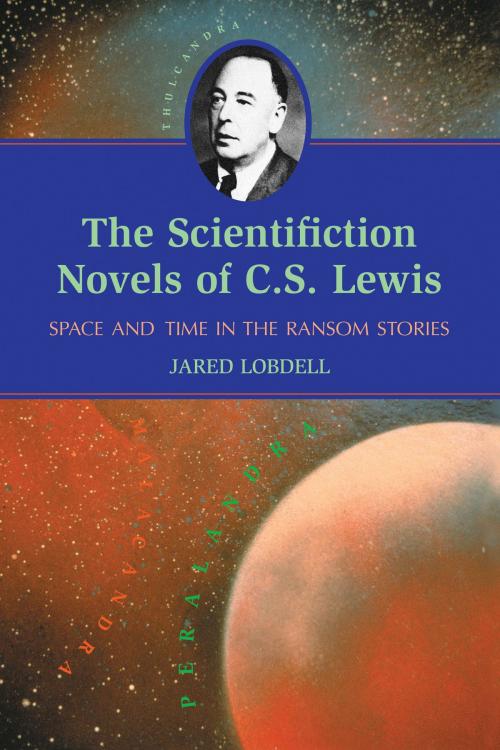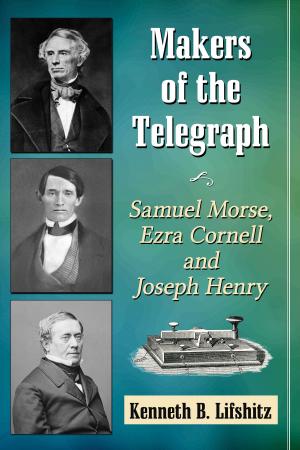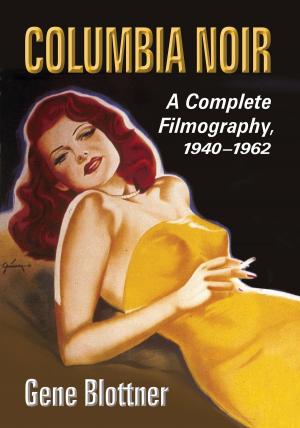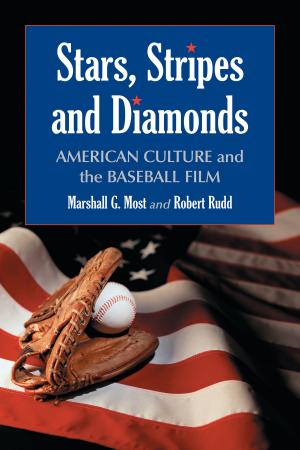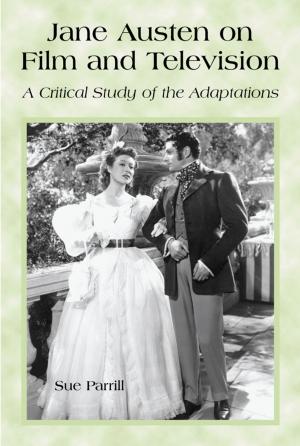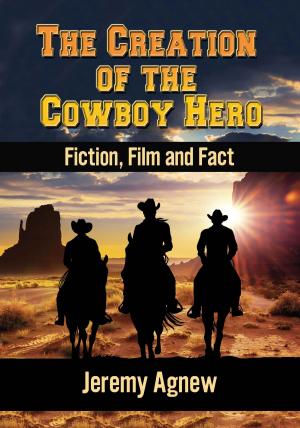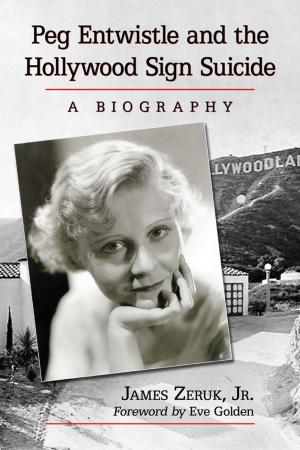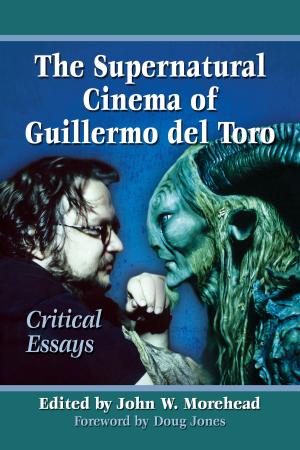The Scientifiction Novels of C.S. Lewis
Space and Time in the Ransom Stories
Fiction & Literature, Literary Theory & Criticism, Science Fiction| Author: | Jared Lobdell | ISBN: | 9780786483860 |
| Publisher: | McFarland & Company, Inc., Publishers | Publication: | September 17, 2014 |
| Imprint: | Language: | English |
| Author: | Jared Lobdell |
| ISBN: | 9780786483860 |
| Publisher: | McFarland & Company, Inc., Publishers |
| Publication: | September 17, 2014 |
| Imprint: | |
| Language: | English |
Used by C.S. Lewis himself, the term “scientifiction” is revived here as it once encompassed not only what we call science fiction, but also that indeterminate field of the 1940s and 1950s sometimes referred to as science fantasy (leading up to Ray Bradbury), along with a portion of that great realm that has come, since the advent of The Lord of the Rings, to be called fantasy. Rather as an eighteenth-century novel may pre-date the divide between novel and romance, so C.S. Lewis’s “interplanetary” novels may be considered to pre-date the modern divide between fantasy and science fiction and thus be thought of as “scientifictional” in nature. The stories dealt with are those in which Elwin Ransom is a character, the three usually called the “space trilogy”: Out of the Silent Planet, Perelandra, and That Hideous Strength—and the time-fragment entitled The Dark Tower. Lengthy chapters are devoted to each of the four Ransom stories. The book presents a study of Lewis, the nature of science fiction, the nature of Lewis’s “Arcadian” science fiction and his (and its) place in English literary history.
Used by C.S. Lewis himself, the term “scientifiction” is revived here as it once encompassed not only what we call science fiction, but also that indeterminate field of the 1940s and 1950s sometimes referred to as science fantasy (leading up to Ray Bradbury), along with a portion of that great realm that has come, since the advent of The Lord of the Rings, to be called fantasy. Rather as an eighteenth-century novel may pre-date the divide between novel and romance, so C.S. Lewis’s “interplanetary” novels may be considered to pre-date the modern divide between fantasy and science fiction and thus be thought of as “scientifictional” in nature. The stories dealt with are those in which Elwin Ransom is a character, the three usually called the “space trilogy”: Out of the Silent Planet, Perelandra, and That Hideous Strength—and the time-fragment entitled The Dark Tower. Lengthy chapters are devoted to each of the four Ransom stories. The book presents a study of Lewis, the nature of science fiction, the nature of Lewis’s “Arcadian” science fiction and his (and its) place in English literary history.
